Aquatic Invertebrates
Media
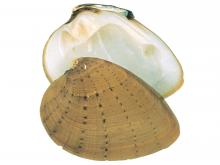
Species Types
Scientific Name
Ellipsaria lineolata
Description
The butterfly is one of the most beautiful of Missouri’s mussels.
Media
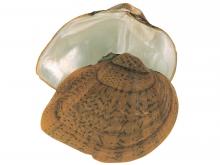
Species Types
Scientific Name
Truncilla truncata
Description
A common mussel in some areas, deertoe have decorative green markings.
Media
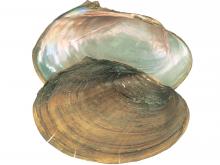
Species Types
Scientific Name
Leptodea fragilis
Description
A widespread mussel that relies on freshwater drum as host fish for the developing young.
Media

Species Types
Scientific Name
Quadrula quadrula
Description
The mapleleaf spawns in the summer, using catfish as a host.
Media
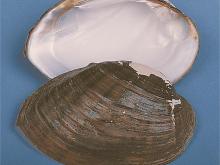
Species Types
Scientific Name
Actinonaias ligamentina
Description
One of the most widespread and numerous mussels in southern Missouri.
Media

Species Types
Scientific Name
Quadrula pustulosa
Description
While the pimpleback is usually bumpy, some individuals are perfectly smooth.
Media

Species Types
Scientific Name
Amblema plicata
Description
Sometimes called the blue-point, this mussel species is widely distributed in Missouri rivers and is occasionally found along reservoir margins.
Media

Species Types
Scientific Name
Fusconaia flava
Description
A widespread mussel that releases its larvae in tiny red packages to attract fish hosts.
Media
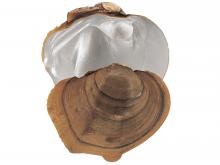
Species Types
Scientific Name
Quadrula nodulata
Description
This favored habitat of this vulnerable species is large streams or rivers in firm sand and mud. The bumps on the shell may help to anchor it in the river bottom.
Media
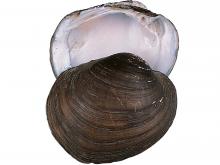
Species Types
Scientific Name
Lampsilis abrupta
Description
This endangered native mussel lives in flowing waters of large streams among gravel and cobble.
See Also
About Aquatic Invertebrates in Missouri
Missouri's streams, lakes, and other aquatic habitats hold thousands of kinds of invertebrates — worms, freshwater mussels, snails, crayfish, insects, and other animals without backbones. These creatures are vital links in the aquatic food chain, and their presence and numbers tell us a lot about water quality.





















